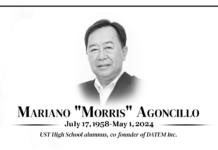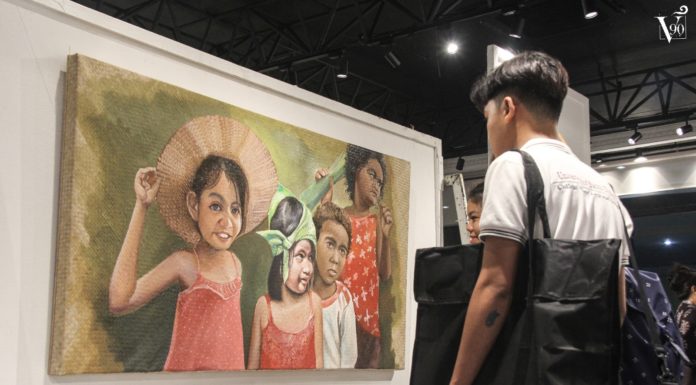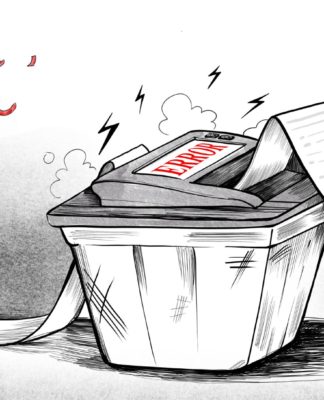UST HAS re-entered the yearly ranking of the world’s top 500 universities but the survey’s credibility is again being put into question because of its methodology as well as attempts by its organizers to do business with universities being ranked.
The Times Higher Education-Quacquarelli Symonds (THE-QS) survey placed UST back in the “magic circle” along with De La Salle University. UST and La Salle dropped out of the top 500 in 2007. This year, the two were on the list of universities ranked 401st to 500th.
But as the case in 2007, the 2008 THE-QS survey did not provide rankings for universities beyond No. 400 and above, as there was not enough data to make a precise ranking.
The survey raised eyebrows when it put Jesuit-run Ateneo de Manila University (No. 254) ahead of the University of the Philippines (No. 276), despite the latter’s obvious edge in terms of funding, program offerings, faculty quality, and national stature.
It was also revealed that THE-QS has been offering advertising and promotional packages to universities on its listing.
The survey concentrates on five categories: evaluation by “peers” (40%), a review by employers and recruiters (10%), student-faculty ratio (20%), research citations per faculty (20%), and “international factors,” which include international students (5%) and faculty members (5%).
UST and UP officials criticized the THE-QS evaluation process as flawed and “problematic.”
UST Vice-Rector for Academic Affairs Clarita Carillo said the criteria used by THE-QS were “very limited and did not take into consideration the local context of the universities.”
“The rankings have a business side to it as Quacquarelli Symonds aims to sell its various services in order to help institutions improve their rating,” Carillo said in her letter to the Varsitarian. “While we could not ignore the reactions of our stakeholders, we were also cautious not to fall into the trap of spending unnecessarily by availing (ourselves) of the highly-expensive QS services and packages.”
Carillo admitted that the worldwide survey may make or break a university’s reputation.
“Although we acknowledge that the ranking impacts on the public image of UST, there were reservations expressed as to its validity and reliability,” she said.
On its website, UP said it never agreed to and was not invited to be part of the international survey. The state university’s officials also said they did not know where and how the figures were obtained.
UP President Emerlinda R. Roman said she only received an e-mail from Mandy Mok, QS Asia regional director, about the recent rankings, and an invitation to buy an “attractive package” amounting to $48,930.
The package “includes a banner on topuniversities.com, a full-page color ad in the Top Universities Guide 2009, and a booth at Top Universities Fair 2009.”
“UP can hardly be expected to spend more than P2 million on publicity for itself involving a survey conducted by an organization that refuses to divulge where it obtains its data,” Roman said in a statement posted on the UP website.
Carillo said the data for the 2006 results appeared questionable during a seminar conducted by THE-QS last year.
“The four universities were asking who particularly from their institutions released the data to the organization, giving an impression that data were not officially submitted for the ranking,” said Carillo.
First released in 2004, the ranking is a collaboration of Times Higher Education Supplement, a weekly which has been running since 1971 in the United Kingdom, and Quacquarelli Symonds Limited, a London-based consultancy.
Based on data from the Professional Regulation Commission, the country’s top universities are UST and UP, both consistently posting high passing rates in board exams.
The two institutions also have the most number of course offerings and participate in the most number of board exams—20 for UP and 19 for UST in 2005, the latest figures available. In contrast, Ateneo, the no. 1 Philippine university according to THE-QS, participated in only three licensure exams that year. La Salle took seven board exams. Danielle Clara P. Dandan















